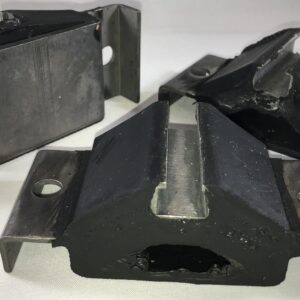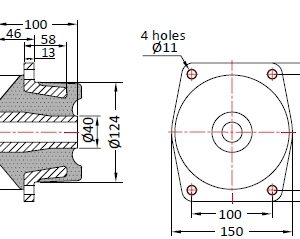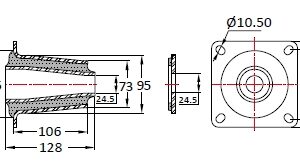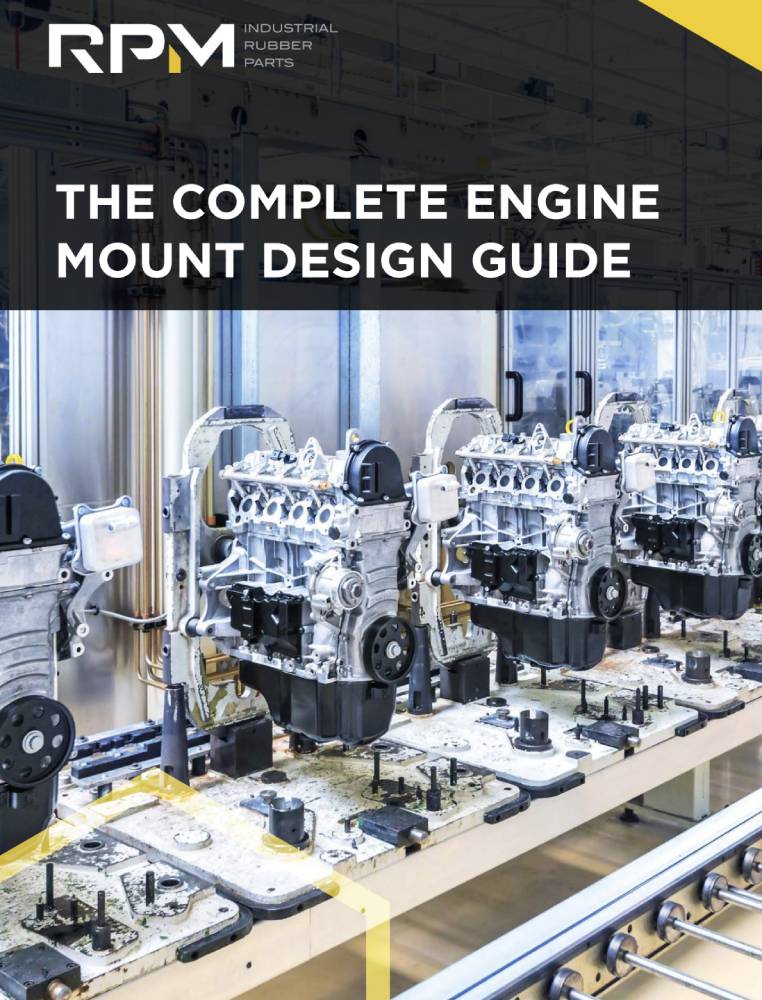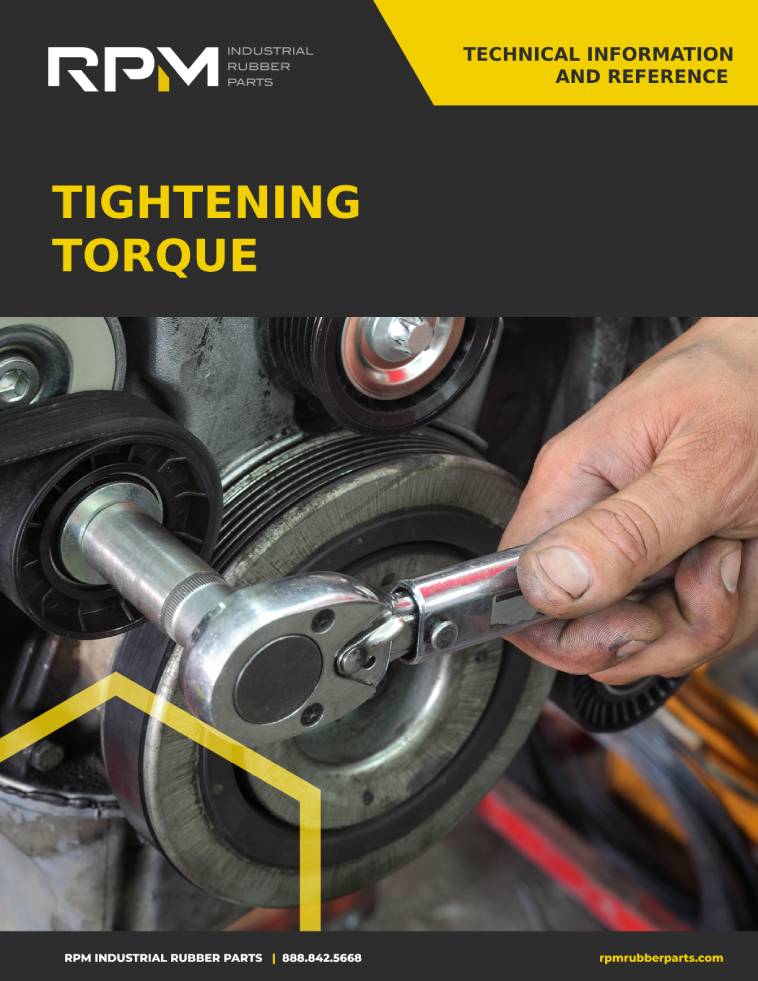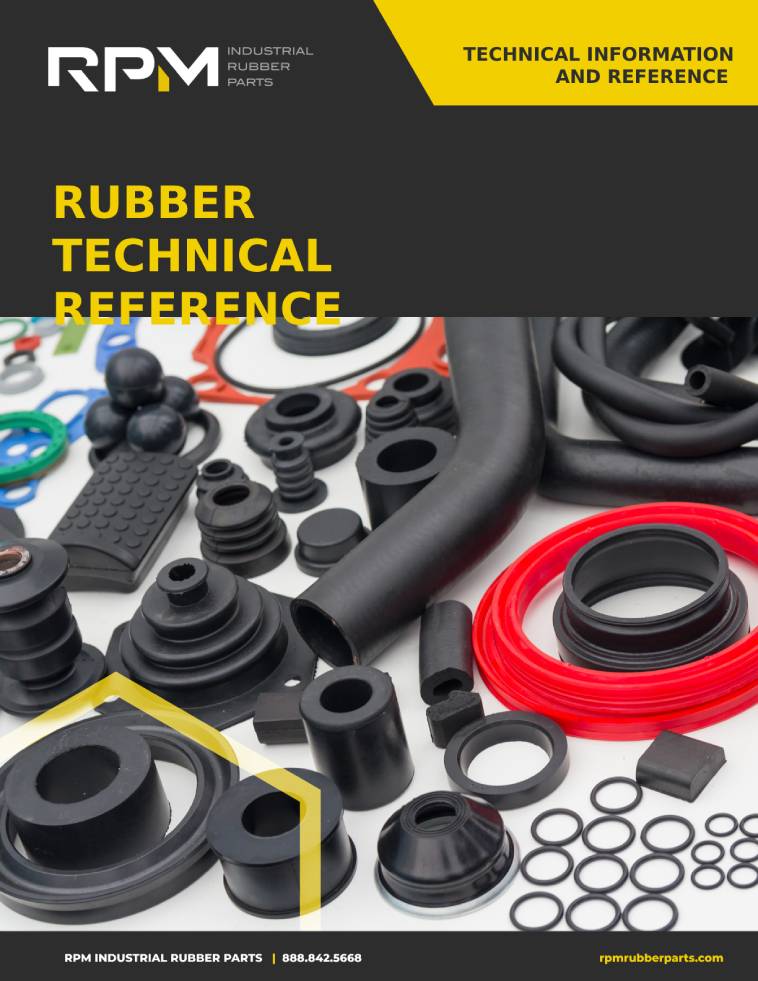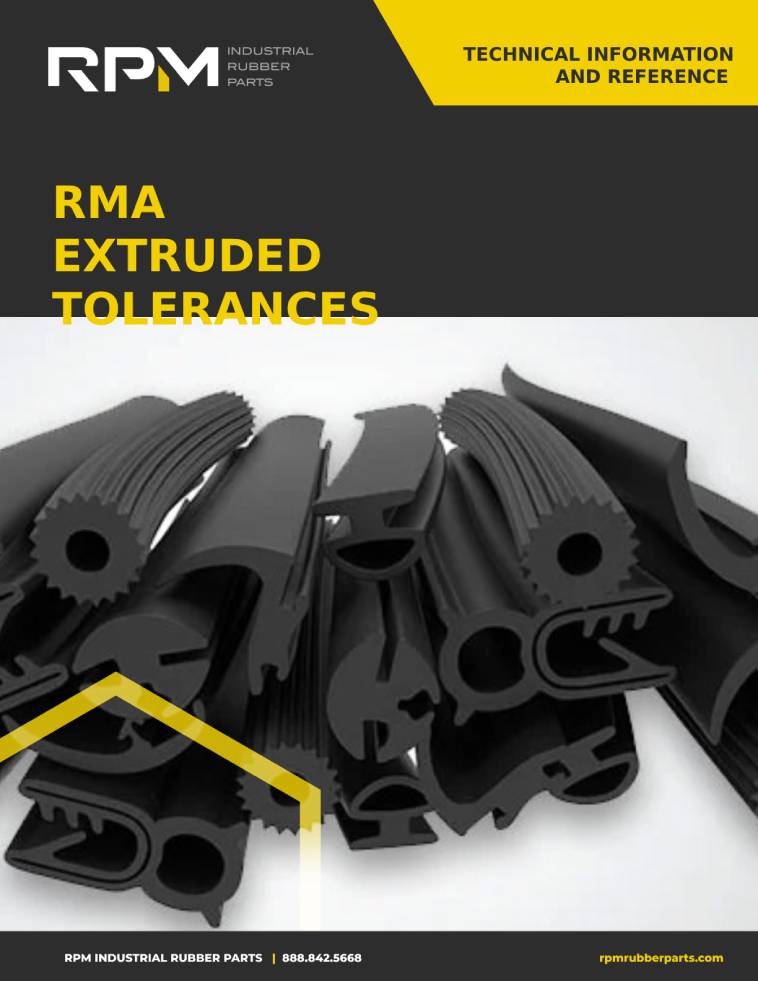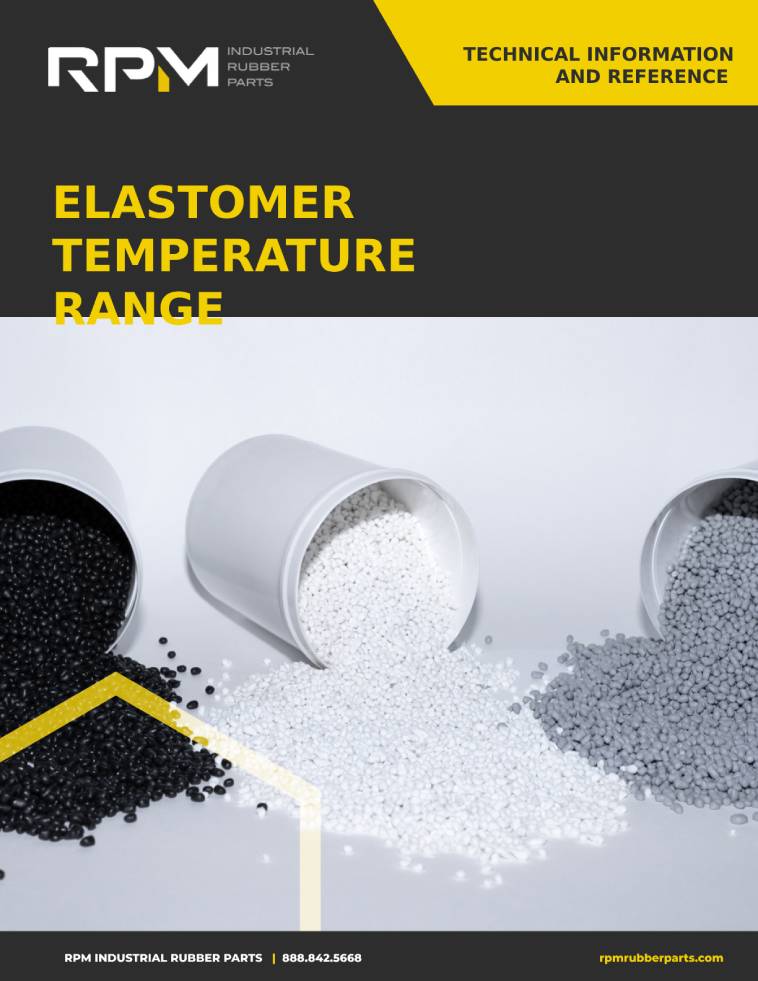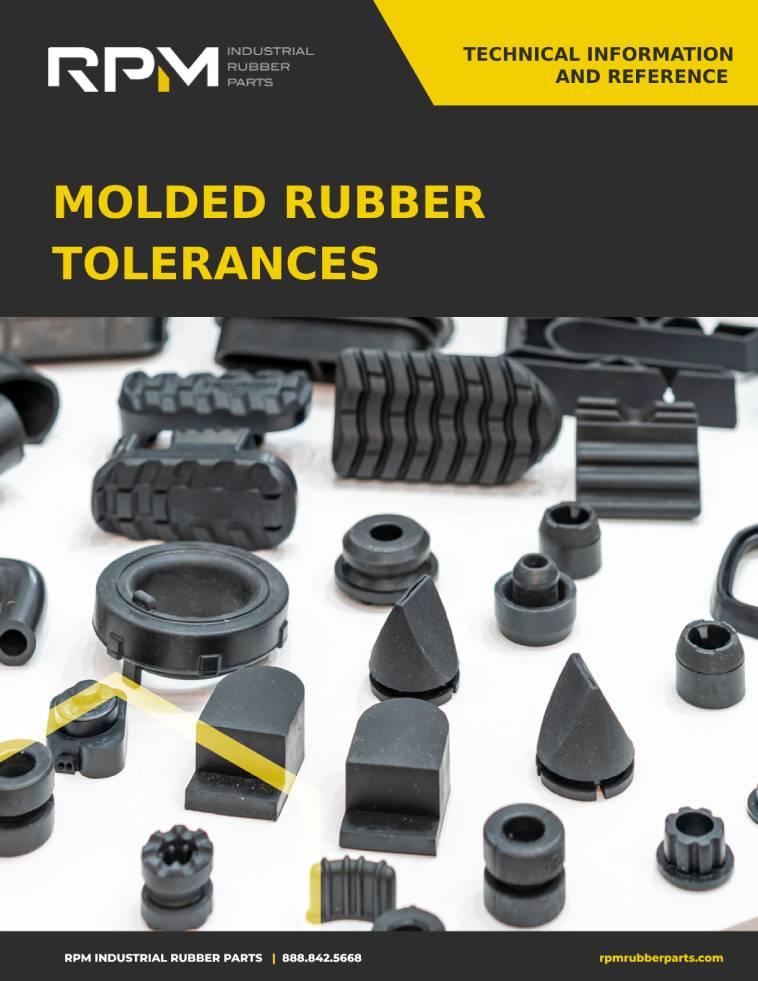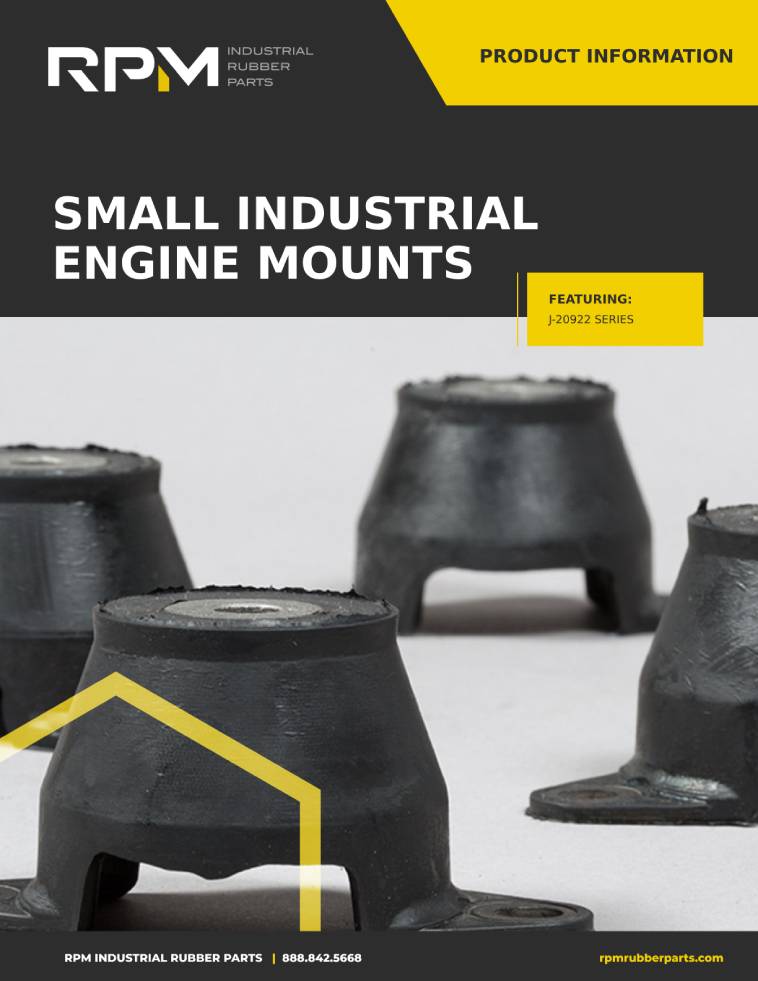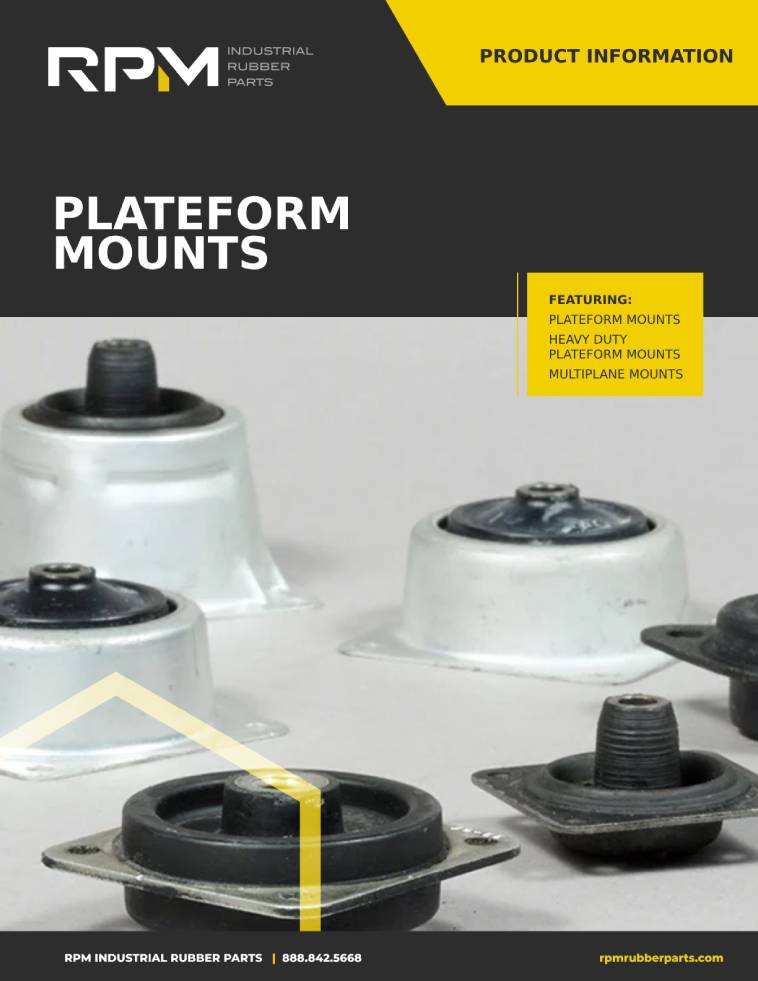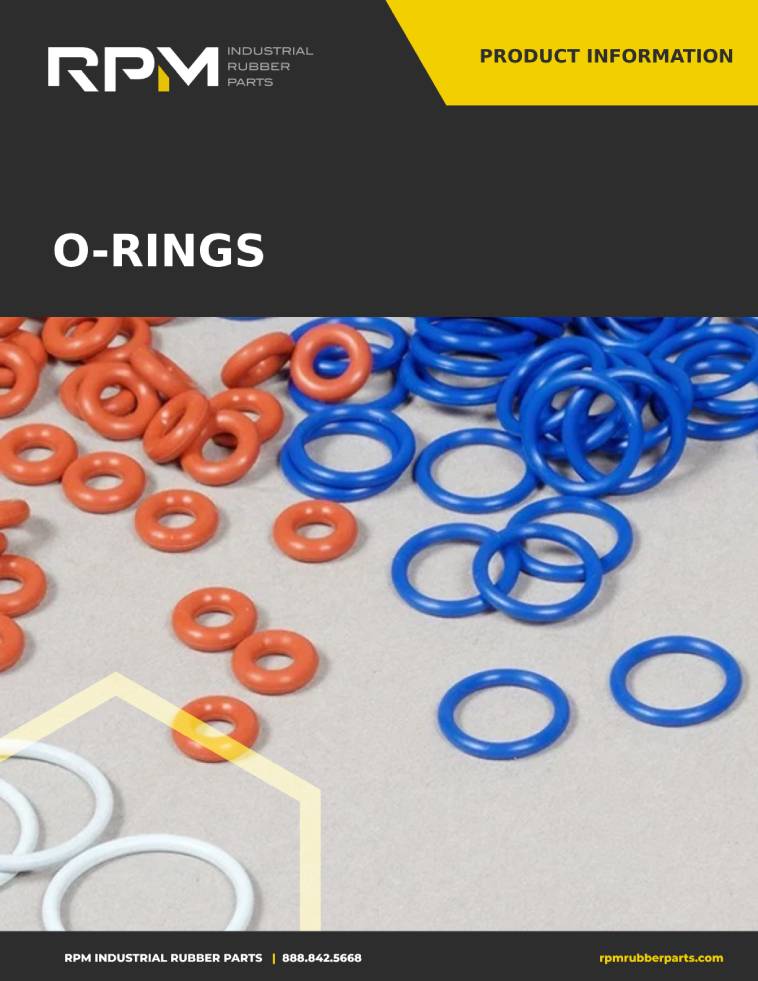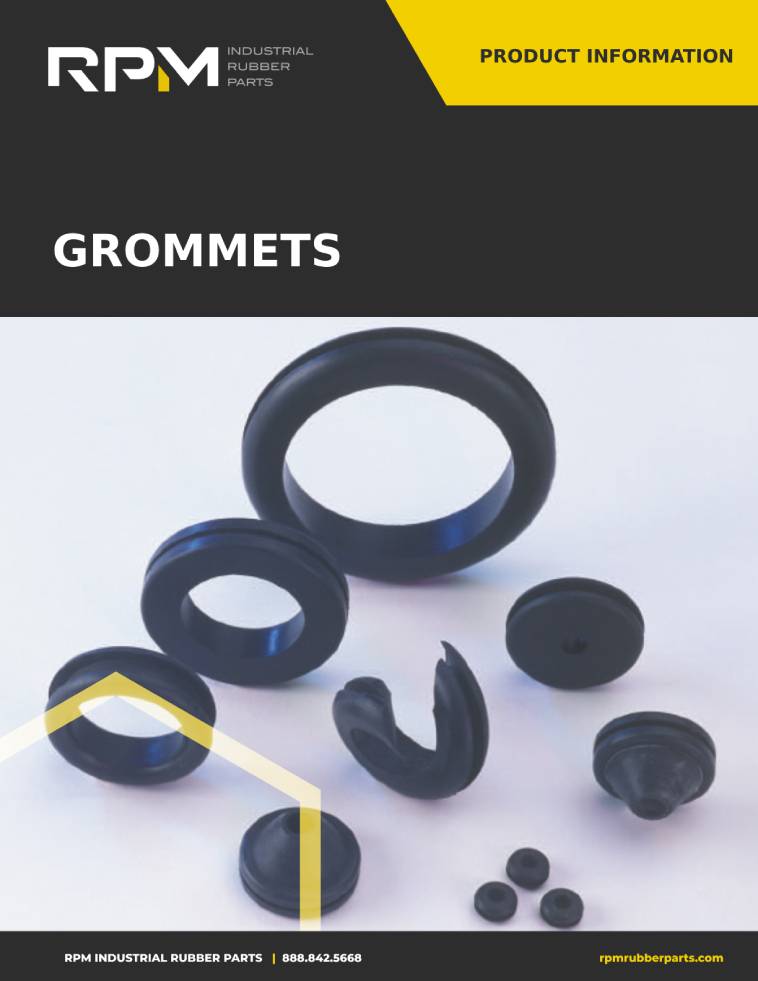As off-highway electric vehicle (OHEV) adoption continues to grow globally alongside building government interest in its pollution-mitigating potential, several recent reports have forecast increasingly lucrative potential for the growing market.
As an experienced OEM currently building partnerships with developers and manufacturers in the OHEV field, RPM has been granted a front row seat to this industries burgeoning development.
We sat down with RPM’s Vice President, Mike McNeil, to learn firsthand what he’s been hearing from customers and interested parties looking towards the future of the OHEV space.
Read on to learn more about both the present and future of OHEV development.
Specific Areas in Electric Vehicle Market Customers are Starting to Focus on and Inquire About?
Number one is the battery tray. Certainly, the battery systems need to be protected as much as possible. There are a lot of cells and interconnects that are very susceptible to noise shock, noise, shock and vibration. The second one is obviously the electric motor itself. A lot of internal components there that need to be isolated from the external systems. And the third one is the electronic components and sensors that are now much more important in terms of powering these vehicles. So a lot of interconnects, sensors, wiring, all those systems need to be isolated in much more robust ways. Those are probably the three.
How is RPM Approaching Finding and Creating Solutions to these Issues/Questions?
We’re still in an era where internal combustion and engines are still very much dominant in the marketplace. I mean, certainly, we are starting to get a lot more questions as customers explore and translate some of their current product lines over to Electric Vehicles Vs. Interest in moving to EVs. There’s some money and financing going towards “How do we develop EVs in the future?” So it’s becoming an increasing topic. But for us, in terms of how we’re looking at it, we’re still applying the same methodology in math that we were solving complex issues in the traditional internal combustion space and how do we apply those to EVs so that, again, the math is all the same, right?
You still have a disturbing frequency. You still have road inputs and rotating mechanisms and different components that are external, that are inherent, whether you have an internal combustion engine or you have an electric vehicle. So the disturbing frequency portion of the external environment that we’re trying to protect against is still gonna be very much there. It’s just how we apply that to the different challenges of components that we would see in the electric vehicle space. Again, battery trays, electric motors, computer components, sensors and control systems are a little bit different. So again, we’re taking all that same knowledge that we’ve literally spent decades kind of compiling and applying that to kind of the new space. So it’s all the same. We’re just changing maybe a little bit about how we come up with a solution for some of the challenges and problems that are unique to going to the EV space. So it’s definitely interesting. We’re getting a lot of different questions from our customers, but from our standpoint, the math and the methodology is still the same.
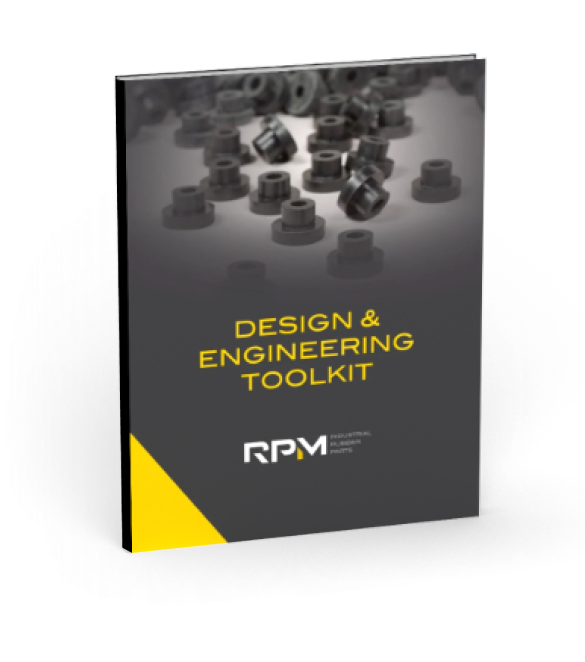
Do you really know everything about designing with rubber parts?
Get a free and valuable resource for finding or custom designing the exact part you need.
What are Off-Highway Electric Vehicles?
Here at RPM, we’re focusing on off-highway vehicles, on highway vehicles as well, but off-highway vehicles. So think forestry, construction, mining, agriculture, anything that’s off-road, traditionally powered right now by diesel engines. Some of the trends in the market, we get a lot of our customers that are starting to experiment in terms of how we can electrify those types of vehicles. There’s a lot of interest in a greener planet, fewer ions and battery-powered vehicles. So the off-highway EV portion of that is basically taking the traditional diesel engine and electrifying that, that’s kind of what it is at its core.
How can you protect the battery tray or the battery system of an Off Highway Electric Vehicle?
This tends to be one of the biggest questions, or at least the starting point for a lot of our customers that are moving towards EV vehicles is how do I protect the battery tray or the battery system? Batteries in particular have a lot of cells and interconnects and are vital to the functionality of the EV. They need to be isolated and protected from all the external shock and vibration that a typical battery tray would see. Because if that fails the whole vehicle is outta commission. So how we look at that is, we treat it basically as a block or a mass. And we have extensive experience in terms of isolating from external factors with rubber isolation mounts which protect the external disturbing frequencies from impacting a mass, in this case, the battery tray.
We take that same kind of methodology and apply that to how we’re gonna solve these questions. When we’re looking at a battery tray we say, okay, what are all the external disturbing frequencies or potential shock inputs that would affect that battery tray? And we can basically plot that on what we call a transmissibility curve. which is essentially just showing what the vibration, external vibration or disturbing frequency is on the inside, and what we are gonna get from an isolation standpoint. So think about, is it gonna be in resonance or amplification or is it gonna be in isolation? That’s basically what a transmissibility plot looks like. So once we kind of get this external information, then we start applying our knowledge in terms of how we isolate that with rubber isolation mounts. Then we can plot a similar curve with the isolation mounts in place to get a nice smooth transmissibility curve that will show how the system is protected or in isolation throughout its operating range. That really becomes a critical piece in terms of solving a lot of the challenges that our customers are asking us. As I mentioned, the battery tray or battery system is probably the most critical component that’s susceptible to external noise and vibration.
What are key differences to protecting electric drive motors vs. internal combustion engines?
The electric drive motor is a little bit different from the traditional internal combustion engine or diesel engine, which we’re pretty familiar with isolating. I mean, they tend to have fewer moving parts. They’re a little bit more robust. That being said, they’re still a critical component of the vehicle itself. So if you think about the battery trays that need to store energy and then transfer that energy back to another system, in this case, the electric drive motor, the drive motor itself still needs to be protected because it’s obviously powering or causing the vehicle to drive. So we look at the drive motor a little bit separately. It tends not to have as much robust isolation, but it’s still critically important to the overall system architecture itself.
So again, we’re looking at this as a mass. Instead of maybe a diesel engine that has rotating components and firing pistons, the electric motor is a little bit more static in a sense. We can treat it with a little bit easier math because the disturbing frequencies aren’t as much, but the process of isolating it is still the same. It becomes a little bit easier to isolate from our standpoint only because there are, again, less disturbing frequencies, but understanding it’s still a very critical component in the vehicle itself. So we just treat that a little bit separately. Depending on the vehicle type and the environments that it’s operating in, that kind of changes how robust that isolation path becomes. Those are some of the things that we would have specific discussions with our customers, but it’s still a critical piece to isolate and it’s something that is easily done.
Are there any other challenges unique to OHEVs when it comes to protecting them against NVH?
With electric vehicles there are a lot more electronic components, there are also a lot more sensors that allow the vehicle to operate. We treat them just a little bit differently because they are different. Think about s lidar systems or camera systems, g p s, and electronic components, all of these electronics and components need to be well protected against the shock and vibration of the external environment in order for them to function. If the camera system is susceptible to vibration, it’s not gonna be able to get the data feedback that’s required in order for it to operate correctly. Same with camera systems, charging systems, all the same thing. We look at those just slightly differently, and where it’s a little bit different is now we start talking about what’s the fragility level of those electronic components.
Electronic manufacturers or wiring harnesses tend to have a fragility level in terms of how much external vibration or input shock they can handle before they actually fail or become fragile. So we take that information and imply that back to the same kind of methodology we used before. We just treat it a little bit differently. What is the maximum number of GS that some of these electronic components can see before they actually fail? This tends to kind of lead to just a little bit of different types of isolation. They tend to need a little bit more sway space or spring rate in order to isolate them a little bit differently. Electronics are becoming increasingly more ruggedized for external environments.
We’re just helping aid that process a little bit further along. We can do that with traditional methods through rubber isolation, which we have a ton of experience doing. It just becomes a little bit of a different conversation in terms of how we want to isolate those electronic systems and components because they are such a critical component of EVs. So that’s where I would say it differs a little bit from the other two and how it really differs from the traditional internal combustion engine more, it’s a little bit more mechanical systems. Now we’re moving into a little bit more electronic systems. We’re coming up with a lot of different discussions and solutions based on solving those kinds of unique challenges.
What is the future of Off-Highway Electric Vehicles?
Certainly, there’s a lot more interest and you don’t have to go far from turning on the news to see everyone’s talking about EVs and transitioning from a fossil fuel-based economy over to something that’s more on the renewable side. It’s actually really an interesting time, I think, in our industry, as we look at how we convert these systems over to something that doesn’t rely on fossil fuels or renewables. As much as I think there’s an interest, I think it’s going to take some time because now we’re starting to look at how these manufacturers replicate the tribe and true methods of a diesel engine into this working space going forward.
It’s certainly an interest of our customers and we’re excited to be a part of that transition. I think we’ve got a ton of knowledge built up in terms of solving complex vibration issues and distilling it down to something that’s easily installable on our customer side. So from that aspect, it’s exciting. But the short answer is, I, I don’t know, I think it will be a little bit of time before these kinds of come to grips. I think it will be started off in some of the smaller vehicles, so think like smaller skid steers or kind of municipal vehicles. We’re seeing a lot more interactions based on that scale rather than on the larger pieces of equipment.
But just like anything else, there are so many people looking at this. There’s a lot of money flowing into the development of these systems, and that tends to kind of accelerate the growth and the transition. So I think that’s probably the most exciting portion of it. It’s something new and exciting that I think is charging up the industry to come up with new ways to develop new products and meet the challenges of the marketplace as a whole. I’m looking forward to being part of it.
How can we help?
At RPM Industrial Rubber Parts, we make it our top priority to find the exact part that you need. If we can’t find it, we’ll make it for you. With our custom molded rubber part service, you will work with our team of designers and engineers to turn your idea into reality.
To get in touch with our team at RPM Industrial Rubber Parts, give us a call at (888) 842-5668 or contact us online.
Related Resource
The Engineer’s 7-minute Guide to Rubber Molded Parts
Our free resource is a quick-reference guide to help you determine if exploring a rubber part is right for your application.









